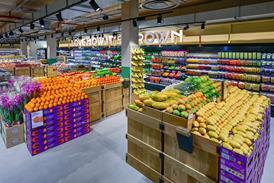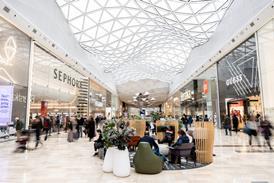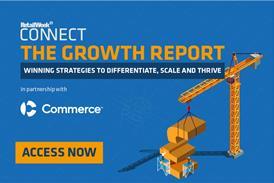Retail Horizon 2023 - navigate disruption with our new winning strategies

Retail Week has launched its strategic toolkit, Retail Horizon, mapping out the winning strategies for businesses in 2023 and beyond. Retail Week data and insights director Lisa Byfield-Green explores some of the key trends set to shape the sector
As retail enters a third consecutive year of major disruption, navigating change and uncertainty has become second nature for resilient retail leadership teams. Or has it?




















